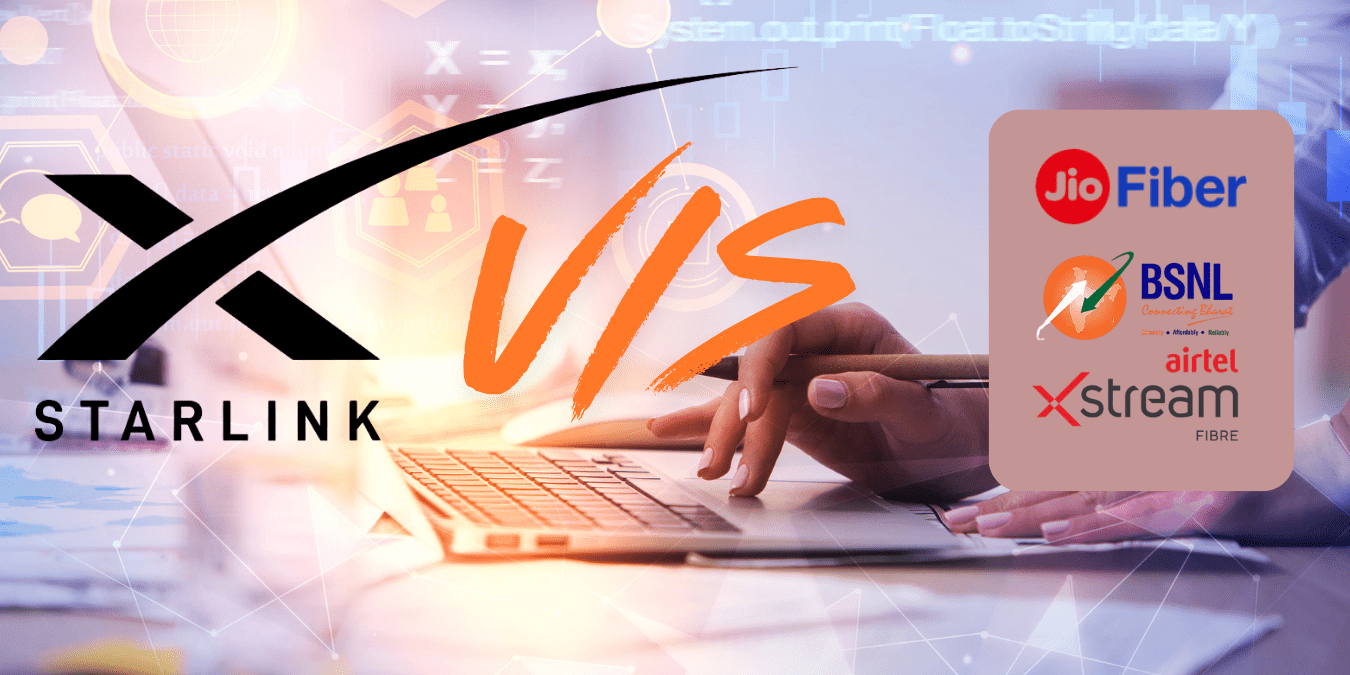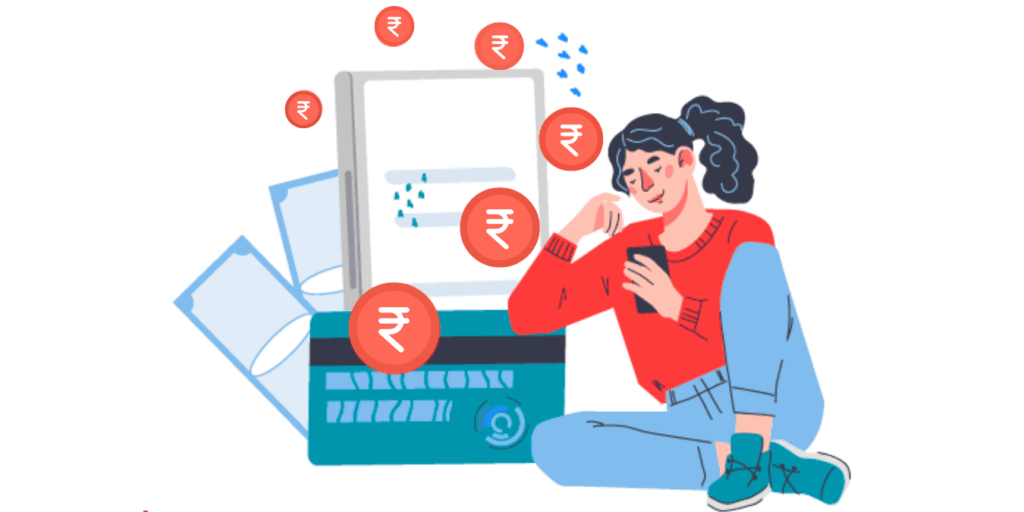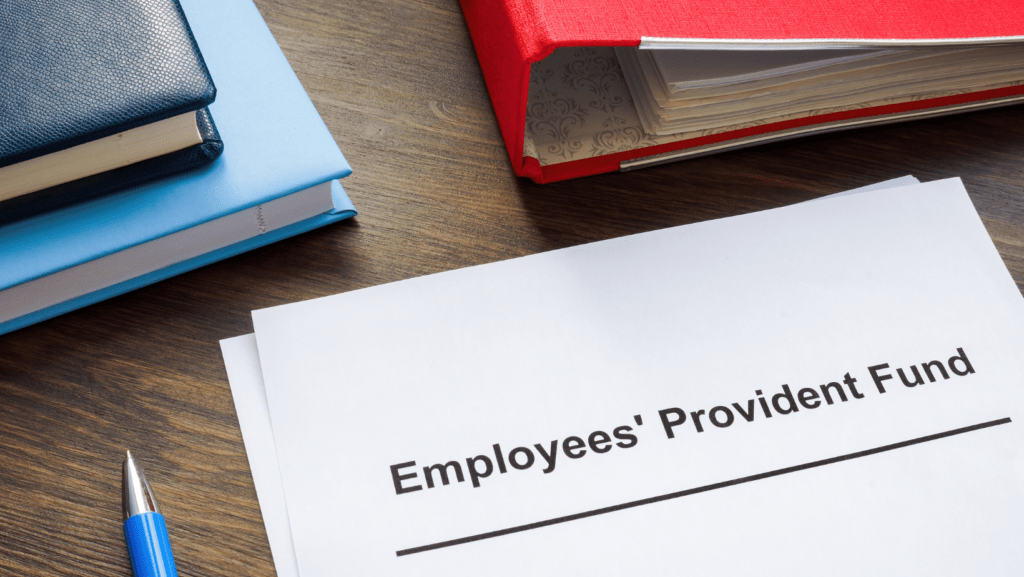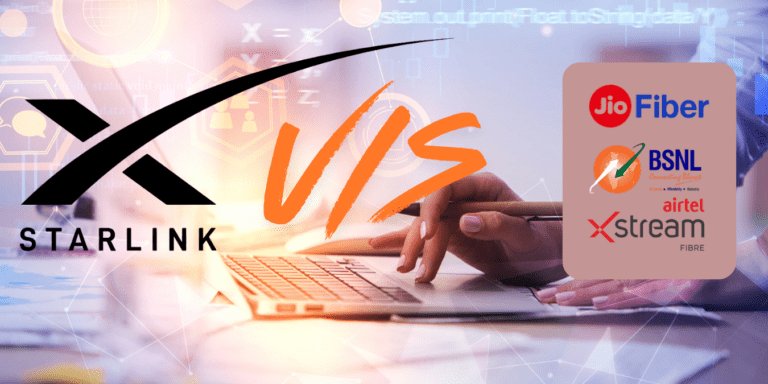
Self-employed? Discover how income protection insurance works for freelancers & business owners. Learn coverage options, costs, tax benefits, and claim processes to safeguard your earnings if illness strikes. Get expert insights on choosing the right policy today!
In India,Over 15 million individuals are self-employed, contributing significantly to the nation’s GDP, according to the Ministry of Statistics and Programme Implementation (MoSPI). From freelancers and consultants to small business owners and startup founders, self-employed individuals enjoy the freedom of being their own boss. However, this independence comes with a trade-off: the lack of financial safety nets like paid sick leave, employer-sponsored insurance, or statutory benefits that salaried employees often take for granted.
For self-employed individuals and business owners in India, an unexpected illness or injury can disrupt income streams, jeopardize business operations, and strain personal finances. This is where income protection insurance steps in as a vital tool. But how does income protection work for self-employed individuals and business owners in India? In this comprehensive guide, we’ll explore the mechanics of income protection, its relevance in the Indian context, the latest trends in 2025, and actionable insights to help you secure your financial future.
What is Income Protection Insurance?
Income protection insurance is a type of policy designed to provide a regular income if you’re unable to work due to illness, injury, or disability. Unlike life insurance, which pays a lump sum upon death, or health insurance, which covers medical expenses, income protection ensures you have a steady cash flow to meet living expenses and business obligations when your earning capacity is compromised.
For self-employed individuals and business owners in India, this insurance acts as a financial cushion, replacing a portion of your income—typically 50-75% of your pre-disability earnings—until you recover or for a specified benefit period. In a country where social security benefits for the self-employed are limited, income protection for self-employed India is gaining traction as a proactive measure to safeguard livelihoods.
Why Income Protection Matters for Self-Employed Individuals and Business Owners
The Indian Context: A Growing Need
India’s self-employed workforce is diverse, spanning freelancers in IT and creative fields, small retailers, consultants, doctors, lawyers, and MSME (Micro, Small, and Medium Enterprises) owners. According to the Periodic Labour Force Survey (PLFS) 2023-24, nearly 55% of India’s workforce is self-employed, a figure that has likely grown by 2025 with the rise of digital platforms like Upwork, Fiverr, and local startup ecosystems.
Unlike salaried employees, self-employed individuals don’t receive benefits like paid leave or employer-funded health plans. If a freelancer falls ill or a business owner suffers an accident, their income stops immediately. For instance, a 2024 report by the National Sample Survey Organisation (NSSO) highlighted that 62% of self-employed households in India lack any form of financial backup, making them vulnerable to income loss.
Risks Unique to Self-Employed Individuals
- Income Volatility: Self-employed earnings fluctuate based on projects, clients, or market conditions. A sudden inability to work can halt cash flow entirely.
- Business Liabilities: Business owners often juggle personal and professional expenses, including loans, rent, and employee salaries. Without income, these obligations pile up.
- No Safety Net: Unlike salaried workers, who may access ESI (Employees’ State Insurance) or PF (Provident Fund), self-employed individuals rely solely on personal savings or insurance.
- Health Risks: A 2025 study by the Indian Medical Association noted a 20% rise in stress-related illnesses among entrepreneurs, underscoring the need for financial protection.
Income protection bridges this gap, offering peace of mind and stability. Let’s dive into how it works specifically for self-employed individuals and business owners in India.
How Does Income Protection Work for Self-Employed Individuals in India?
1. Eligibility and Application Process
Income protection insurance is available to self-employed individuals and business owners in India, provided they meet certain criteria:
- Minimum Work Hours: Most insurers require you to work at least 20-30 hours per week.
- Proof of Income: Since self-employed income varies, insurers ask for tax returns (ITR), profit and loss statements, or bank statements for the past 1-2 years to assess your average earnings.
- Age and Health: Policies are typically offered to individuals aged 18-60, with premiums influenced by age, occupation, and pre-existing medical conditions.
To apply, you can approach insurers like HDFC Life, ICICI Prudential, or Max Life, which offer self-employed insurance India tailored to freelancers and entrepreneurs. Online platforms like Policybazaar also simplify the process by comparing plans in real-time.
2. Types of Income Protection Plans
In India, income protection plans come in two main forms:
- Agreed Value Policies: You and the insurer agree on a fixed payout amount at the policy’s outset, based on your documented income. This is ideal if your earnings are stable.
- Indemnity Value Policies: The payout is calculated at the time of claim, based on your average income over the past 12-24 months. This suits those with fluctuating incomes, though it may result in lower payouts during lean periods.
As of 2025, indemnity policies dominate the Indian market due to their flexibility, aligning with the variable income patterns of self-employed professionals.
3. Coverage and Payouts
Income protection typically covers:
- 50-75% of Pre-Tax Income: For example, if you earn ₹1 lakh monthly, you could receive ₹50,000-₹75,000 per month during a claim.
- Waiting Period: Known as the deferral period, this is the time (e.g., 30, 60, or 90 days) you must wait after becoming unable to work before payouts begin. Longer waiting periods reduce premiums.
- Benefit Period: Payouts can last from 1-5 years or until retirement (e.g., age 65), depending on the policy.
For instance, a freelance graphic designer in Mumbai earning ₹80,000 monthly could opt for a plan with a 60-day waiting period and a 2-year benefit period, receiving ₹60,000 monthly if sidelined by an injury.
4. Premiums and Tax Benefits
Premiums depend on factors like age, occupation risk (e.g., a construction contractor pays more than a consultant), and coverage level. In 2025, average monthly premiums for a 35-year-old self-employed professional range from ₹1,500 to ₹3,000 for ₹50,000 monthly coverage.
Under Section 80D of the Income Tax Act, 1961, premiums for income protection (if bundled with health insurance) may be tax-deductible up to ₹25,000 annually, offering a dual benefit of protection and tax savings.
How Does Income Protection Work for Business Owners in India?
Business owners face unique challenges, as their personal income is often tied to their company’s performance. Here’s how income protection adapts to their needs:
1. Protecting Personal and Business Finances
For business owners, income protection covers personal income derived from the business, not the business’s revenue. For example, if you run a small retail store and draw a ₹75,000 monthly salary, your policy would replace a portion of that amount.
However, to cover business expenses like rent, utilities, or employee salaries, you’d need a separate business expense insurance policy. In 2025, insurers like Tata AIA and Bajaj Allianz offer bundled plans combining income protection and business expense coverage, tailored for MSME owners.
2. Proving Income
Business owners must provide financial statements, such as ITRs or audited accounts, to establish their income. For new entrepreneurs with less than two years of operations, some insurers accept projected earnings or alternate documents like GST returns, a trend gaining momentum in 2025.
3. Customizable Features
Business owners can tailor policies to their needs:
- Short-Term vs. Long-Term Coverage: Short-term plans (1-2 years) suit seasonal businesses, while long-term plans (up to retirement) benefit established firms.
- Step-Down Benefits: If your business can partially operate during recovery, some policies reduce payouts as you regain earning capacity.
For example, a Bengaluru-based startup founder with a ₹1.5 lakh monthly income might choose a long-term plan with a 90-day waiting period, ensuring ₹1 lakh monthly payouts to cover both personal and select business costs.
Latest Trends in Income Protection Plans
The Indian insurance market is evolving to meet the needs of self-employed individuals and business owners. Here are the latest trends:
- Digital-First Policies: Insurers are leveraging AI and mobile apps for faster underwriting and claims processing. Platforms like Acko and Digit offer instant quotes for income protection plans.
- Gig Economy Focus: With the gig workforce projected to reach 23 million by 2030 (NITI Aayog), insurers are designing flexible, low-premium plans for freelancers and contract workers.
- Mental Health Coverage: Post-COVID, policies increasingly cover stress, anxiety, and burnout—common among entrepreneurs—reflecting a 15% rise in demand, per IRDAI data.
- Affordable Premiums: Competition among insurers has lowered entry-level premiums, with basic plans starting at ₹500-₹1,000 monthly for young professionals.
Benefits of Income Protection for Self-Employed Individuals and Business Owners
- Financial Stability: Regular payouts ensure you can pay bills, EMIs, and business loans without dipping into savings.
- Business Continuity: For owners, it prevents forced closures by covering essential costs during recovery.
- Peace of Mind: Knowing you’re protected reduces stress, allowing you to focus on healing.
- Tax Advantages: Premiums may qualify for deductions, enhancing affordability.
Challenges and Considerations
While income protection is a game-changer, it’s not without hurdles:
- Income Verification: Proving variable income can be tricky, especially for new freelancers or seasonal businesses.
- Exclusions: Policies often exclude pre-existing conditions or high-risk occupations (e.g., stunt performers).
- Cost: Premiums can strain tight budgets, particularly for early-stage entrepreneurs.
To overcome these, compare multiple plans, consult a financial advisor, and read the Product Disclosure Statement (PDS) carefully.
How to Choose the Right Income Protection Plan in India
- Assess Your Needs: Calculate your monthly expenses (personal and business) to determine coverage.
- Evaluate Waiting and Benefit Periods: Balance affordability with protection—longer waiting periods lower premiums but delay payouts.
- Check Insurer Reputation: Opt for trusted names like LIC, SBI Life, or private players with high claim settlement ratios (e.g., HDFC Life’s 99.7% in FY 2024-25).
- Leverage Online Tools: Use comparison sites to find the best business owner income protection or self-employed insurance India options.
Secure Your Future Today
For self-employed individuals and business owners in India, income protection insurance is more than a luxury—it’s a necessity. In a dynamic economy where 2025 promises both opportunities and uncertainties, safeguarding your income ensures you can weather life’s storms without losing your financial footing. Whether you’re a freelancer in Mumbai, a consultant in Bangalore, or an MSME owner in Ahmedabad, income protection for self-employed India offers a lifeline tailored to your unique needs.
-

The $68 Billion Rupee Trap: How Stablecoins Could Silently Hijack India’s Financial Freedom
-

Why Your Safe Salary is Actually the Most Dangerous Gamble of 2025
-

The ₹1 Crore Trap: Why High Earners Are the New “Poor” and How to Escape!
-

The ₹8,600 “Glitch”: Did Starlink Just Reveal Its Hand or Was It All a Mistake?





























